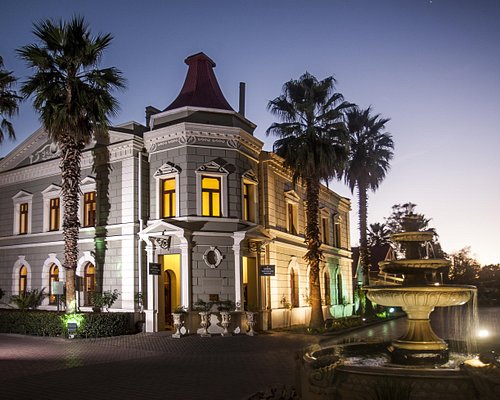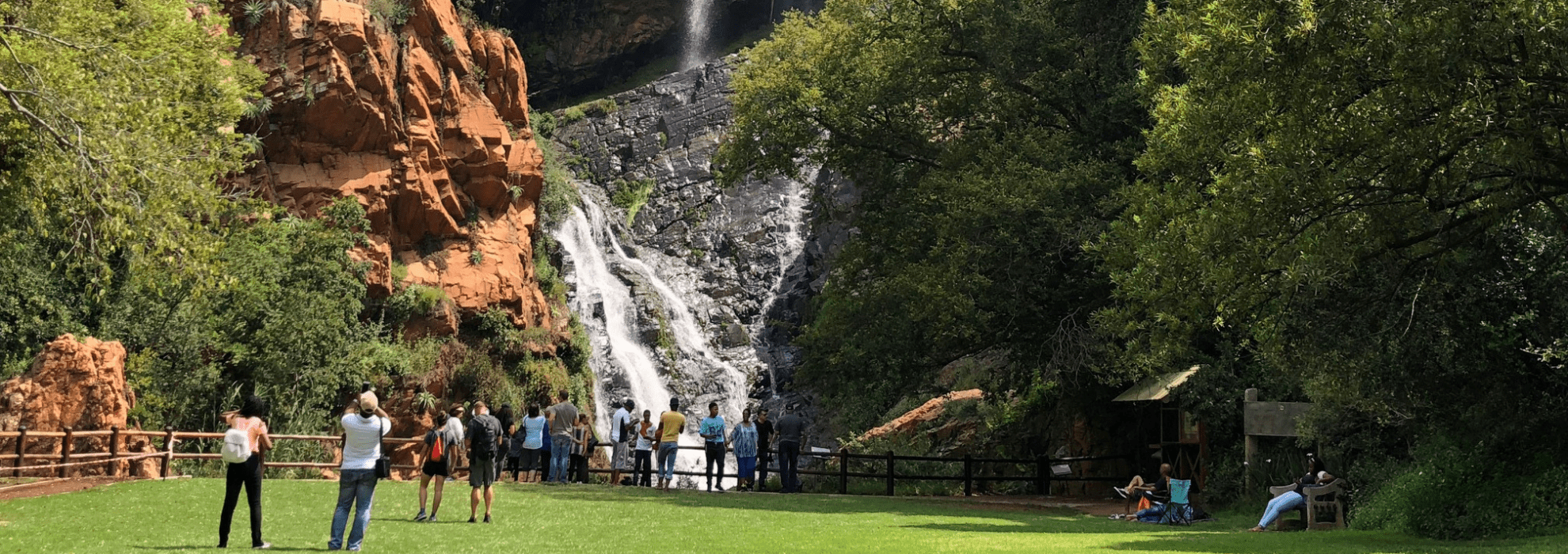Johannesburg North Attractions - The Facts
Johannesburg North Attractions - The Facts
Blog Article
Little Known Questions About Johannesburg North Attractions.
Table of ContentsThe 10-Second Trick For Johannesburg North AttractionsThe Definitive Guide to Johannesburg North AttractionsJohannesburg North Attractions Fundamentals ExplainedThings about Johannesburg North AttractionsThe Single Strategy To Use For Johannesburg North Attractions8 Simple Techniques For Johannesburg North AttractionsJohannesburg North Attractions - The Facts
Nonetheless you need to keep protection in mind and vacationers should stay alert at all times when in strange surroundings. Talk with the citizens when you are in town to locate out about the location you are remaining in. Johannesburg North attractions. When on the road (this does not put on shopping center and other protected atmospheres) finest basic suggestions is to try your best to look like a regional and to avoid displaying any form of wide range
The Greatest Guide To Johannesburg North Attractions
Professor Revil Mason O. J. (Thomson, 1946) discovered the Witwatersrand's pre-colonial history. His historical work blew up the 'em pty land' misconception, according to which the area was lacking human habitation before the arrival of European inhabitants. In his publications Prehistory of the Transvaal: A Document of Human Task (1962) and Beginnings of Black People of Johannesburg and the Southern Western Central Transvaal AD 3501880 (1986 ), Professor Mason demonstrated the extent of social and economic development in the area before Europeans established foot here.

Johannesburg North Attractions for Dummies
In 1878, David Wardrop found gold in quartz blood vessels at Zwartkop, north of Krugersdorp. In 1881, Stephanus Minnaar came across gold on the farm Kromdraai, near the Cradle of Mankind.
In March 1886, an outcropping (quickly to be called the Main Coral reef) was found, fairly luckily, on Gerhardus Oosthuizen's farm Langlaagte. Some state that the Lancastrian coal miner George Walker uncovered this reef. An additional itinerant English miner, George Harrison (that had formerly functioned in Australian mines) acquired a prospecting licence in respect of Langlaagte in Might 1886.
He decided to proceed in a quest for greener pastures, and disposed of his Langlaagte insurance claim for the handsome sum of 10. Alas: beneath lay the wealthiest goldfield ever before found. The discovery of this rich auriferous coral reef provoked a gold rush that signalled the end of bucolic serenity in the southerly Transvaal.
It would, within six years, end up being the largest community in investigate this site southerly Africa. Within a decade, it would certainly make the Z. A. R. until after that an anarchical and insolvent little state the richest nation in Africa. By the turn of the century, the Z. A. R. was to go beyond Russia, Australia and the USA of America to become the globe's leading gold producer, creating more than a quarter of the world's gold.
What Does Johannesburg North Attractions Do?
It was referred to as Ferreira's Camp, named after Colonel Ignatius Ferreira. He was a Boer adventurer upon whom the British authorities had actually bestowed the standing of Companion of one of the most Identified Order of St Michael and St George (qualifying him to the post-nominal you could look here letters C. M. G.) in gratitude for his duty in the battle that had actually deposed the Pedi king Sekhukhune in 1879.
Two other camps were established: Meyer's Camp on the ranch Doornfontein, and Paarl Camp. The latter was nicknamed Afrikander Camp; several people from the Cape Swarm resolved there.

How Johannesburg North Attractions can Save You Time, Stress, and Money.
This name obtained currency by word of mouth, such that the State Assistant attested the name to the Mining Commissioner on 9 October 1886. Stands in the village were auctioned on 8 December 1886. While some stands were sold for 10, others were torn down for just sixpence.
Two years later on, these erven were to change hands for as much as 750 each. The tented camps dwindled as a dorp of corrugated iron buildings developed and broadened north of the mines located along the Main Coral Reef Roadway. Areas such as Jeppe's Community (where working-class immigrants erected their homes) and Doornfontein (where the wealthy brand-new 'Randlords' started to create their extravagant residences) were quickly included in the ever-expanding map of the community.
Our Johannesburg North Attractions Statements
Apart from the street names, there were no indicators of Johannesburg being situated in a Dutch-speaking nation., virtually everyone talked English and also the Government servants dealt with one in English, unless they were very first dealt with in the Taal (or Low Dutch)'.
As such, Britain had a rate of interest in guaranteeing optimum problems for gold production on the Witwatersrand, which the gold was exported to London rather than Berlin a critical rendered all the much more clamant by the Z. A. R - Johannesburg North attractions.'s boosting toenadering with Germany. Mine owners were on a clash with President Kruger, whose policy of monopolistic giving ins (typically given to his cronies) prevented mining companies from obtaining materials of products (especially dynamite) and labour by themselves, more affordable terms
Things about Johannesburg North Attractions
In 1890, the Volksraad had restricted the franchise to navigate to this site white men that had stayed in the Z. A. R. for fourteen years or longer, thus disqualifying many of the immigrants (that happened to be the significant factors to the fiscus). Frustration for the vote was a mere pretext for advertising a various schedule; most uitlanders concerned themselves as momentary visitors and had no objective of continuing to be in the Z.
Report this page